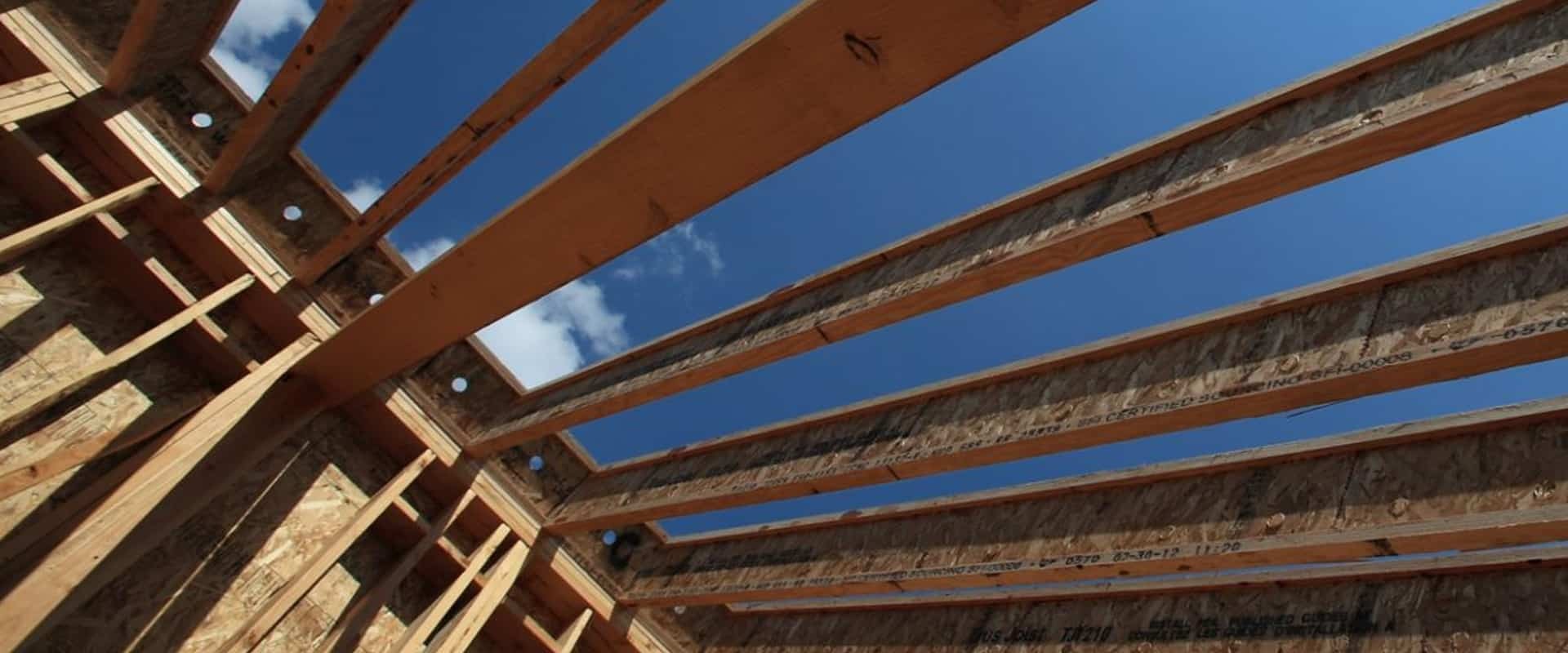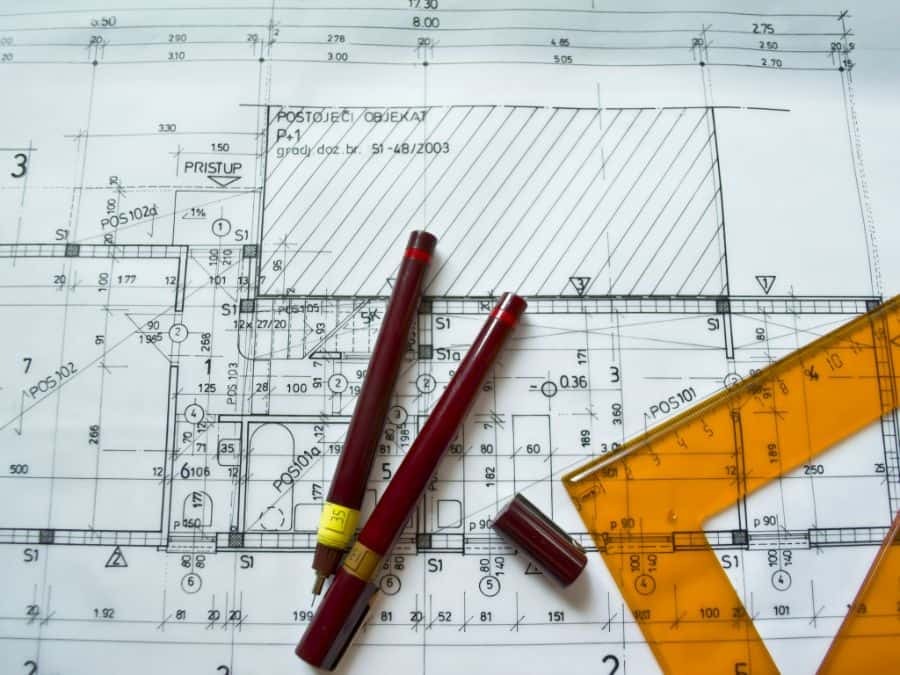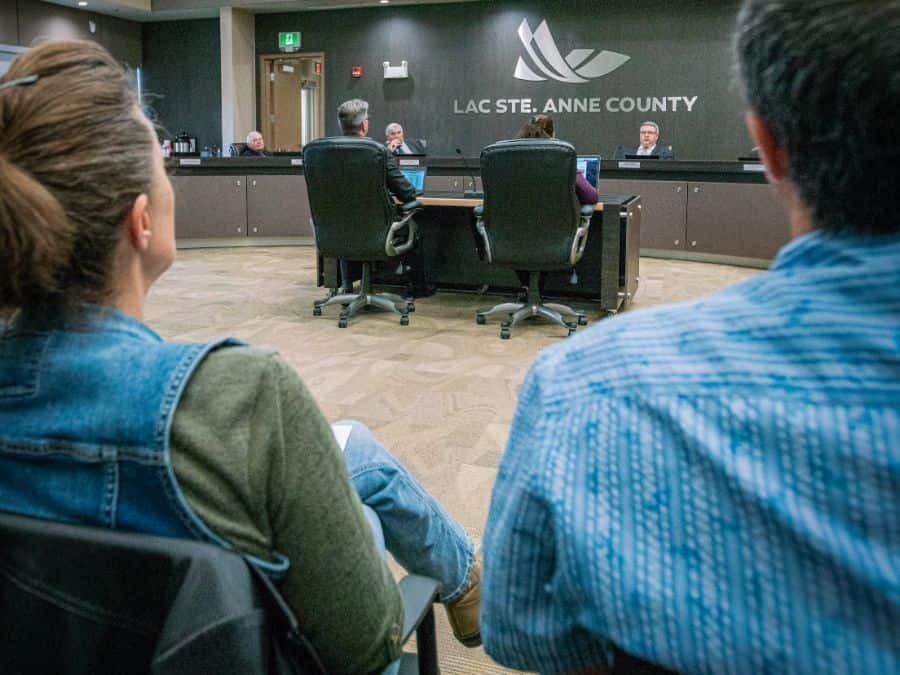
Development Permits
Resources for successful projects
A development permit authorizes a proposed development in the County to proceed — either with or without conditions.
The County’s Planning & Development team works to ensure that new developments align with the rules and regulations set out in the Land Use Bylaw (LUB) and the Alberta Building Code.
All land in the County is divided into districts, or zones. Each district has its own set of development rules to ensure that everyone has an opportunity to seek approval for a development project as well as express concerns about a project. A development permit confirms that all the rules and planning policies have been considered. It also provides a means through which neighbours, community associations and other affected individuals and organizations can provide feedback.
Scenarios That Require a Development Permit
A development permit is needed for new construction, renovations, new businesses, or any time the use or intensity of land is changed.
Obtaining a development permit provides assurance that your development is following the Land Use Bylaw. It considers the impact the development will have on surrounding properties and allows for the approval of the location, size and use of a building.
The Land Use Bylaw, adopted by County Council in accordance with the Municipal Government Act RSA 2000, c M-26, outlines the circumstances where permits are required and the process to be followed in applying for, and approval of, development permits.
A development permit may be required for, but is not limited to:
- Constructing, renovating or expanding a building
- Placing a manufactured home or modular structure on any property
- Building or replacing a deck, garage or shop
- Opening, expanding or relocating a business (may include home-based business)
- Placing temporary signage on any property or installing or replacing permanent signage
- Removal of topsoil, excavation or stockpiling
- Building a secondary suite
- Fence where a variance from the regulations is requested
- Storing or placing of recreational vehicles
- Establishing a campground
- Placing a shipping container/seacan on property
- Temporary uses or temporary buildings
Some Exceptions Apply
Exemptions are listed in section 3.2 of the County's Land Use Bylaw. Please contact the Planning & Development department well in advance of commencing your proposed development, as timelines for approval are subject to regulations and legislated processes that may otherwise delay your project.
Development Permit Applications
- Development Permit Application
- Development Permit Application — Aggregate
- Development Permit Application — Commercial / Industrial - Home-Based
- Development Permit Application — Commercial Kennel
Note: Developments by Provincial Highways
A roadside development permit from Alberta Transportation is required for roadside developments within the development control zone (300 meters from provincial right-of-way or within 800 meters of the centerline of a highway and public road intersection).
The Development Permit Process
- Project Planning: Determine what you want to build — and verify that your land use zoning or district allows such development.
- Application Submission: Once your application and applicable fee have been submitted, staff has 20 days to deem the application complete or incomplete.
- Decision: A development officer will review your application against policies, bylaws, and applicable legislation. The development officer will issue a decision (with applicable conditions) within 40 days of an application being deemed complete.
- Additional Permits: Apply for and obtain the required safety code permits per the Alberta Safety Codes Act such as: building; electrical; gas; plumbing; or private sewage permits.
Who can apply for a development permit?
Anyone can apply for a development permit regardless of whether they own the property concerned — provided they submit a signed letter or statement of authorization from the registered property owner(s).
What's the turnaround time for approvals?
Development permit applications take approximately 1 to 8 weeks to process once an application is deemed complete.
The time to issue a decision will vary depending on whether the proposed development is a permitted or discretionary use within the land use district, and if the application is complex with unique circumstances.
Timelines hinge on different factors, including:
- Size, complexity and completeness of the proposal
- If a concurrent application is required
- Plan revisions to address any deficiencies
- Variances requested
- Number of applications in progress
If an application requires longer than 40 days for a decision, a time extension may be necessary.

Application Requirements Checklist
Every application for a development permit must be accompanied by the following:
- Signature of the registered owner (or his/her agent where a person other than the owner is authorized by the owner to make the application)
- Proposed use or occupancy of all parts of the land and buildings
- Include plans in duplicate at a scale satisfactory to the Development Authority, showing the following:
- North point
- Legal description of parcel
- Location of principal building and other structures including accessory buildings, garages, carports, fences, driveways, paved areas, and major landscaped areas including buffering and screening areas where provided
- Outlines of roof overhangs on all buildings
- Front, side, and rear yard setbacks
- Access and egress points to and from the parcel
- On a vacant parcel in a residential land use district, the suggested location for a future driveway and garage or carport (if the application itself does not include such building as part of the proposal)
- Estimated cost of the project (excluding land prices)
These Are the Minimum Requirements
The development authority may require additional information, depending on the type development you may be contemplating.
Additional Planning & Development Resources
Was this information helpful?
to Top



